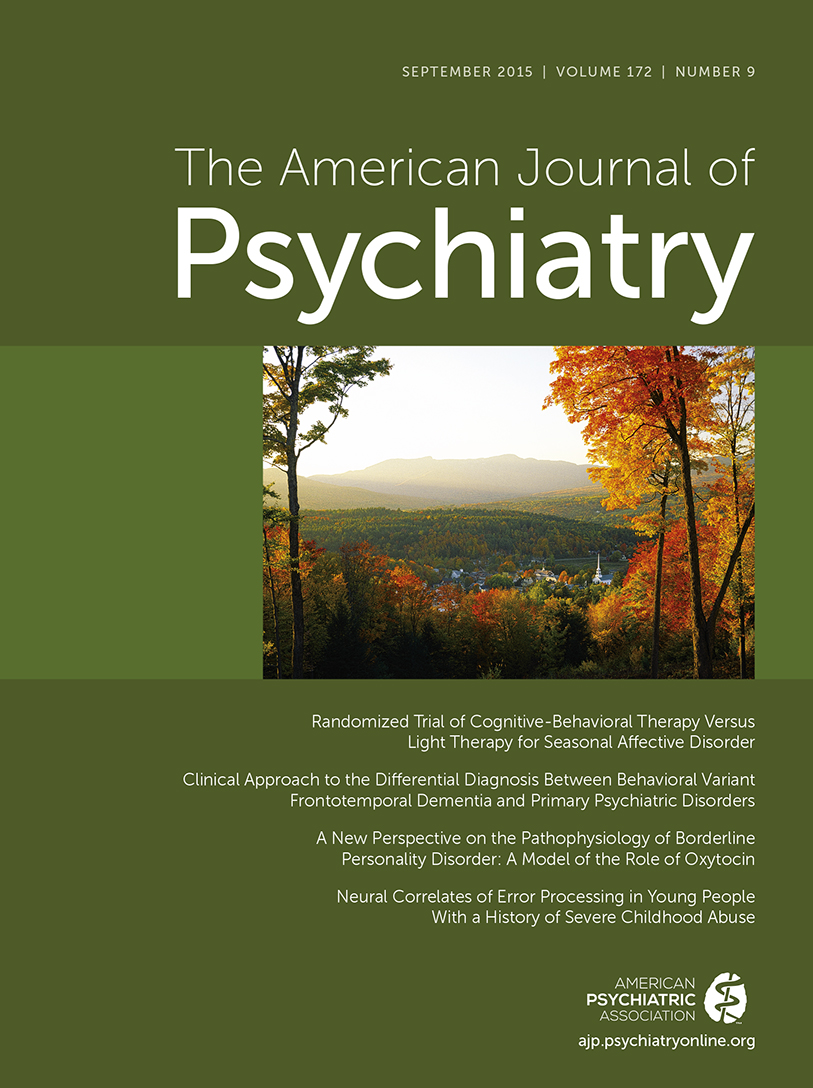Randomized Trial of Cognitive-Behavioral Therapy Versus Light Therapy for Seasonal Affective Disorder: Acute Outcomes
Abstract
Objective:
Whereas considerable evidence supports light therapy for winter seasonal affective disorder (SAD), data on cognitive-behavioral therapy for SAD (CBT-SAD) are promising but preliminary. This study estimated the difference between CBT-SAD and light therapy outcomes in a large, more definitive test.
Method:
The participants were 177 adults with a current episode of major depression that was recurrent with a seasonal pattern. The randomized clinical trial compared 6 weeks of CBT-SAD (N=88) and light therapy (N=89). Light therapy consisted of 10,000-lux cool-white florescent light, initiated at 30 minutes each morning and adjusted according to a treatment algorithm based on response and side effects. CBT-SAD comprised 12 sessions of the authors’ SAD-tailored protocol in a group format and was administered by Ph.D. psychologists in two 90-minute sessions per week. Outcomes were continuous scores on the Structured Interview Guide for the Hamilton Rating Scale for Depression–SAD Version (SIGH-SAD, administered weekly) and Beck Depression Inventory–Second Edition (BDI-II, administered before treatment, at week 3, and after treatment) and posttreatment remission status based on cut points.
Results:
Depression severity measured with the SIGH-SAD and BDI-II improved significantly and comparably with CBT-SAD and light therapy. Having a baseline comorbid diagnosis was associated with higher depression scores across all time points in both treatments. CBT-SAD and light therapy did not differ in remission rates based on the SIGH-SAD (47.6% and 47.2%, respectively) or the BDI-II (56.0% and 63.6%).
Conclusions:
CBT-SAD and light therapy are comparably effective for SAD during an acute episode, and both may be considered as treatment options.



